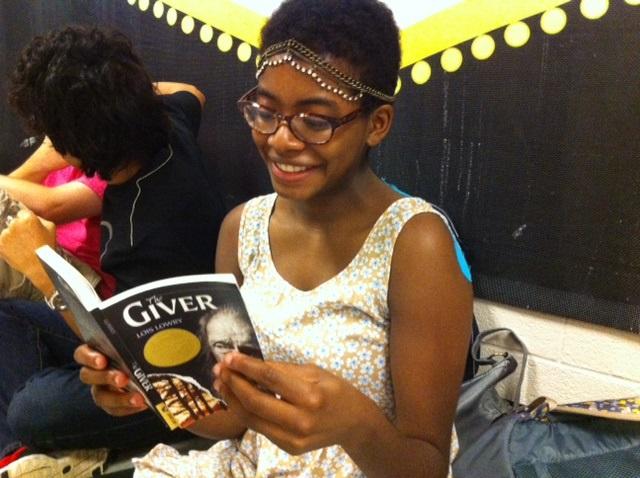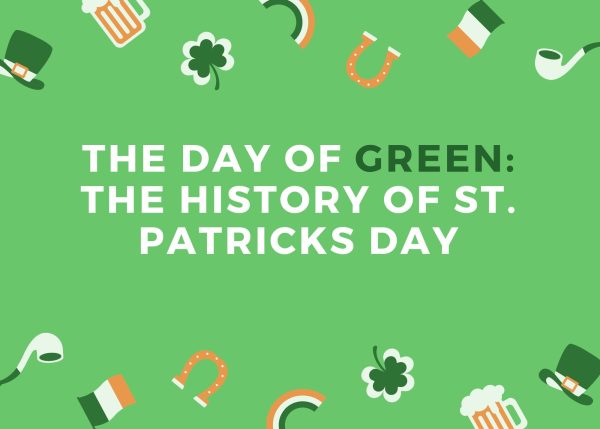Beloved bestseller The Giver feels lame on screen
Senior Krystal Washington enjoys Lois Lowry’s novel The Giver in preparation to see the book’s recent film adaptation. “The Giver” won the 1994 Newbery Medal and has sold more than 10 million copies.
August 28, 2014
Lovers of critically-acclaimed novel The Giver may leave the theater unsatisfied with the book’s recent film adaptation.
The novel, written by Lois Lowry, tells the story of a teenaged boy living in a dystopian world where emotion and differences no longer exist. The elders of the community recognize that the past holds necessary information, so one individual is designated as the receiver of memories. This man becomes “The Giver,” passing on memories to a young man named Jonas.
The film is too basic of an adaptation for such an impactful book. While the film itself holds visual grace, it fails to dig deep enough into the book’s thought-provoking themes. The book launches thoughtful conversations about individuality, but the movie only graces over it. It simply lacks the same depth of the book. For example, the absence of the character’s emotions, the freakiest aspect of the book, does not work well on screen.
As anyone who readthe book will notice, the protagonist Jonas is five years older than he is in the book. The aging of characters occurs in many movie adaptations of books, and it takes away the idea of younger teens battling dystopian conditions. The aging makes the romance with Fiona, which is not present in the book, more believable than it might seem otherwise. Jonas does have feelings for her, but he never acts on them in the book as he does in the movie.
Many things were changed for the movie simply to create conflict, such as Asher and Jonas’ relationship as well as the Giver butting heads with the Chief Elder.
Other changes include modifications to the character Rosemary, a failed Receiver of Memories. However only briefly mentioned in the book, the scenes involving Rosemary were probably added so thatTaylor Swift could have more screen time.
The viewers are limited in their connection to Jonas and occurrences in the community because it remains a story of ideas that feel better experienced on paper. The movie is not meant as an action story, but the movie adds random goons on motorcycles to chase Jonas and men who look suspiciously like the peacekeepers in The Hunger Games. The movie’s famously ambiguous ending also altered the text to add one with more closure.
The movie certainly possesses cinematic quality; the transition of Jonas’ and the viewers’ viewpoint from black and white to full color is breathtaking, and Jeff Bridges’ acting as The Giver does the role justice. However, if film adaptations make your literary heart hurt when it fails to live up to your imagined vision, just stay at home. Filmgoers not wishing to compare to the book or book novices, enjoy the film.
The Chant‘s grade: C-



















